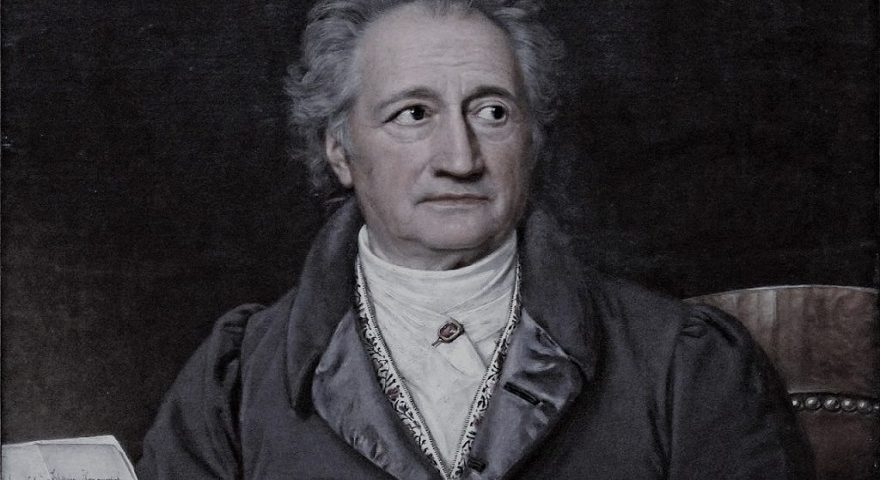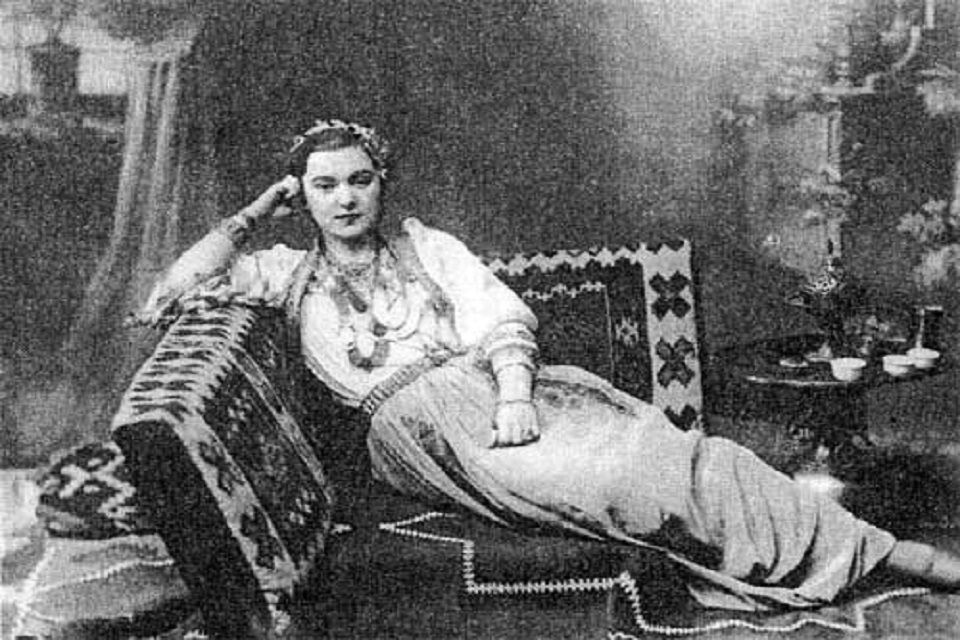Hasanaginica is a well-known lyric-epic folk ballad which originated between 1646 and 1649 from Bosniak family from Imotski Kraj, which was then part of the Bosnian Eyalet. It probably passed from one generation to the next in oral form through the region of Imotski, until Italian travel writer and ethnographer Alberto Fortis, who called it the “Morlock ballad” (Morlaque = Illyrian) made sure it was not forgotten. It was first published in Venice under the title “Illyrian Ballad” in the book “The Way to Dalmatia” in 1774.
The great minds of that time, such as Johann Wolfgang Goethe (1775), Walter Scott (1798), A. S. Puškin (1835), Adam Mickiewicz (1841), are some of the famous authors that translated Hasanaginica.
It can rightfully be called one of the most beautiful and most astonishing ballads ever made.
The first translation in German by J.W. Goethe (1775) was published in the book “Voices of Peoples in the Song” in 1778 entitled “Klaggesang von der Edlen Frauen des Asan Aga” (Song of the lament of Noble Women of Hasan-aga).
Although Goethe did not speak Bosnian and the song is a relatively free translation, he succeeded in keeping the rhythm of the original.
This interest for one’s native, as well as foreign literature, was typical for these times and finds its peak in the Romantic era.



